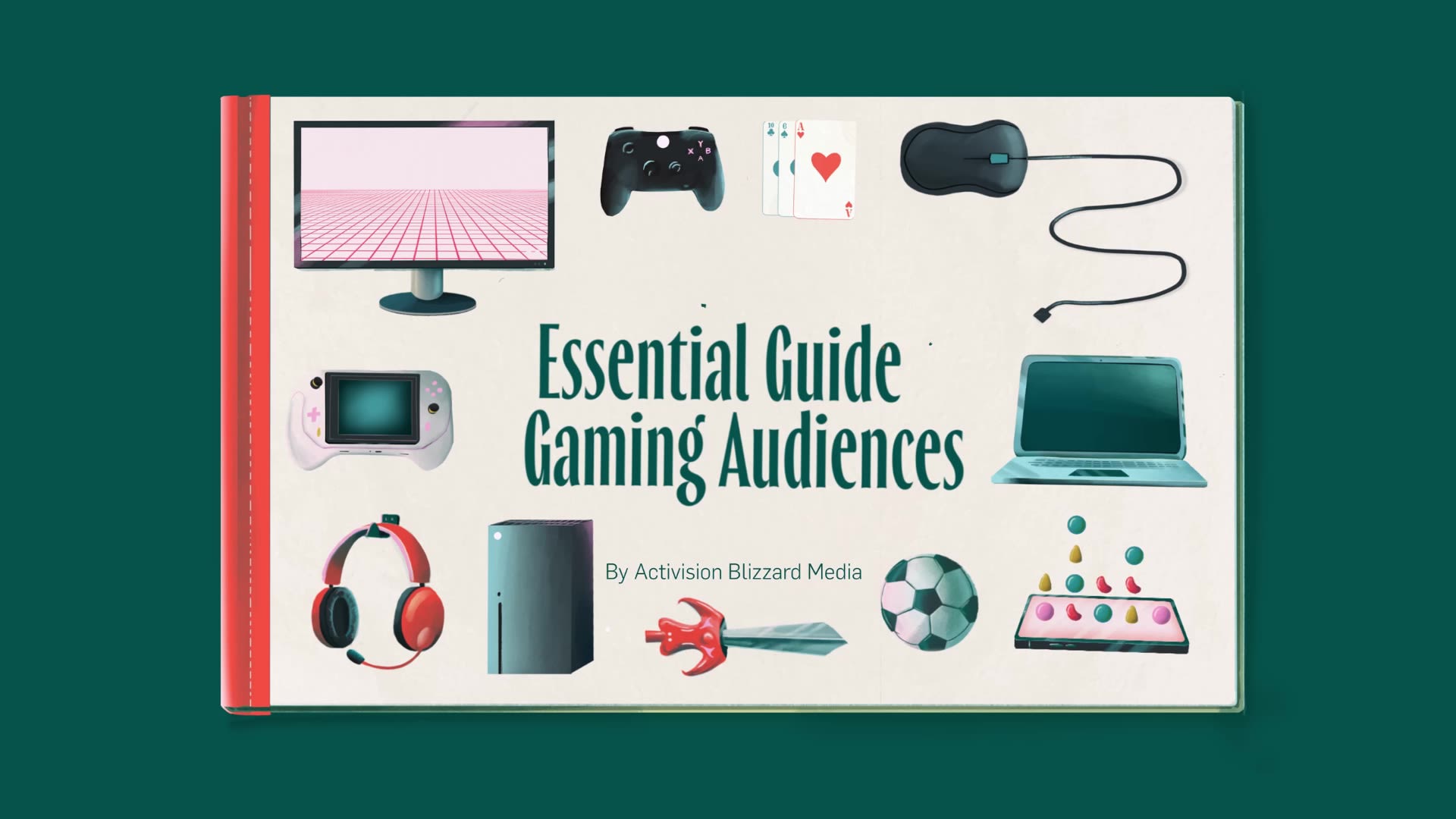
Explore the Motivations, Interests and Identities of People Who Play Games
Gaming has evolved, and so have the people who play. Whether immersing themselves for hours in mythological worlds or simply spending 10 minutes unscrambling a five-letter word, much of the population has made video games part of their daily routine.
That’s why it’s critical to understand the nuances of this audience.
To help marketers better understand the unique behaviors of today’s gaming audiences, Activision Blizzard Media conducted extensive segmentation research that analyzed players through gameplay frequency, years of gaming, platform, genre, identity, motivations, ad receptivity and more.
The research revealed two categories of players, multiplatform and mobile-centric. Each of these categories breaks down into three distinct segments. As gaming has become more accessible, how people prefer to play games can tell marketers a lot about the type of player they are and how to reach and engage with them.
While this guide serves to help you understand the individual gaming segments and reach them effectively, there are revelations to be found in the similarities across segments:
- Everyone plays mobile games, with more than half of each segment comprised of players who enjoy mobile games daily.
- Playing games across multiple platforms—consoles, computers and phones—and self-identifying as a “gamer” are highly correlated.
- Across all six segments, players find consistent value in turning to games as a form of relaxation.
- People have a long tenure playing games and an average age above 30 is the norm across all segments.
- All segments are fairly uniform in appreciating rewards for ads and disliking ads that interrupt their gaming experience.
Read on to discover how you can put these insights to work as you explore the six player segments of the gaming world.


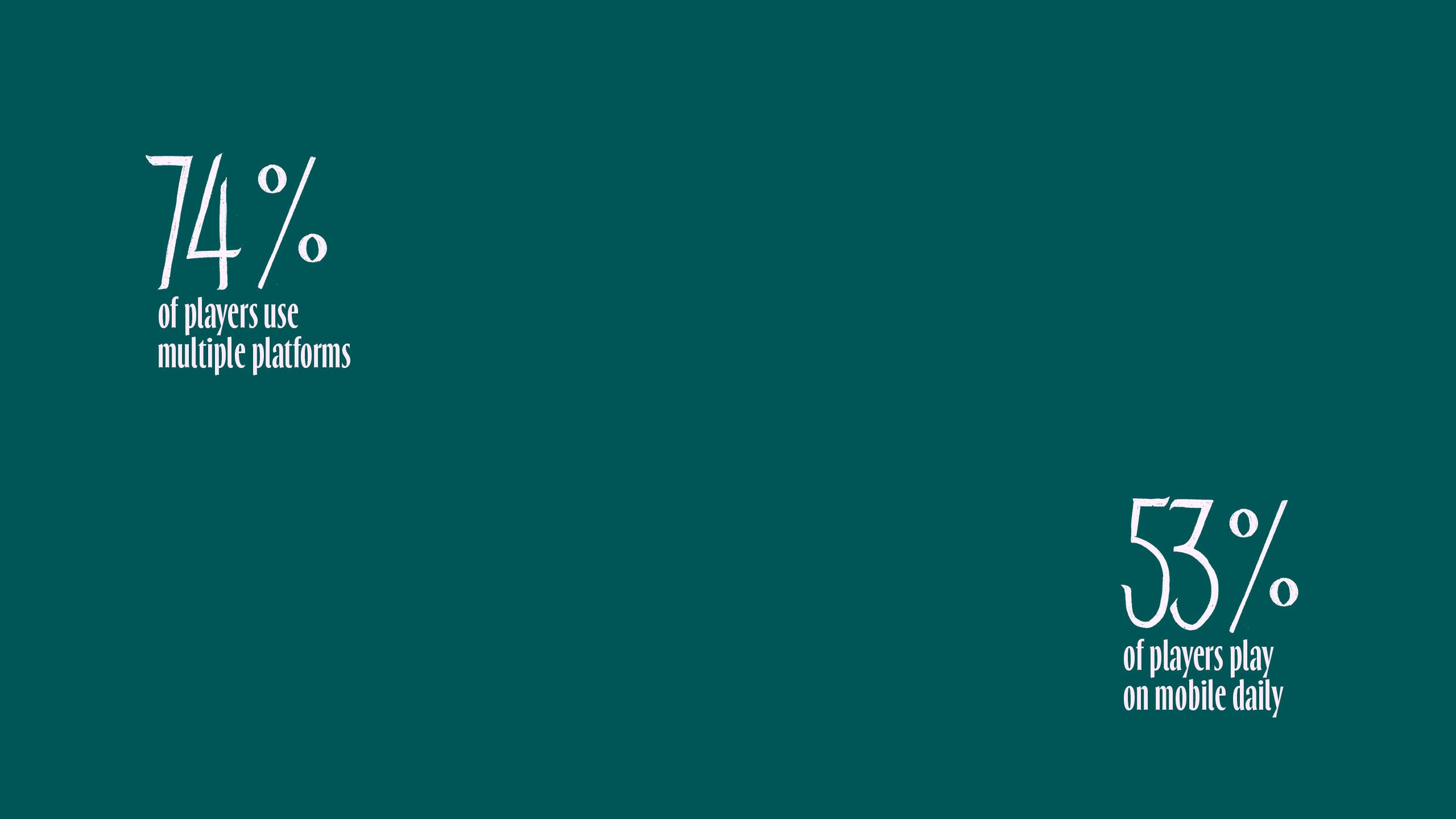
Explore the Motivations, Interests and Identities of People Who Play Games
Gaming has evolved, and so have the people who play. Whether immersing themselves for hours in mythological worlds or simply spending 10 minutes unscrambling a five-letter word, much of the population has made video games part of their daily routine.
That’s why it’s critical to understand the nuances of this audience.
To help marketers better understand the unique behaviors of today’s gaming audiences, Activision Blizzard Media conducted extensive segmentation research that analyzed players through gameplay frequency, years of gaming, platform, genre, identity, motivations, ad receptivity and more.
The research revealed two categories of players, multiplatform and mobile-centric. Each of these categories breaks down into three distinct segments. As gaming has become more accessible, how people prefer to play games can tell marketers a lot about the type of player they are and how to reach and engage with them.
While this guide serves to help you understand the individual gaming segments and reach them effectively, there are revelations to be found in the similarities across segments:
- Everyone plays mobile games, with more than half of each segment comprised of players who enjoy mobile games daily.
- Playing games across multiple platforms—consoles, computers and phones—and self-identifying as a “gamer” are highly correlated.
- Across all six segments, players find consistent value in turning to games as a form of relaxation.
- People have a long tenure playing games and an average age above 30 is the norm across all segments.
- All segments are fairly uniform in appreciating rewards for ads and disliking ads that interrupt their gaming experience.
Read on to discover how you can put these insights to work as you explore the six player segments of the gaming world.
Multiplatform players take an expansive view of the gaming experience. They play on consoles, handheld consoles, computers, laptops and mobile devices, and if another device type comes to market, they will be among the first to adopt it. Within this playing group, there are three distinct segments:


Multiplatform players take an expansive view of the gaming experience. They play on consoles, handheld consoles, computers, laptops and mobile devices, and if another device type comes to market, they will be among the first to adopt it. Within this playing group, there are three distinct segments:



Fig. 1: This group grew up playing video games and for many, it is a primary form of entertainment. Up-and-Comers are more console-centric, prefer more solitary gameplay and, interestingly, have less emotional attachment to gaming.
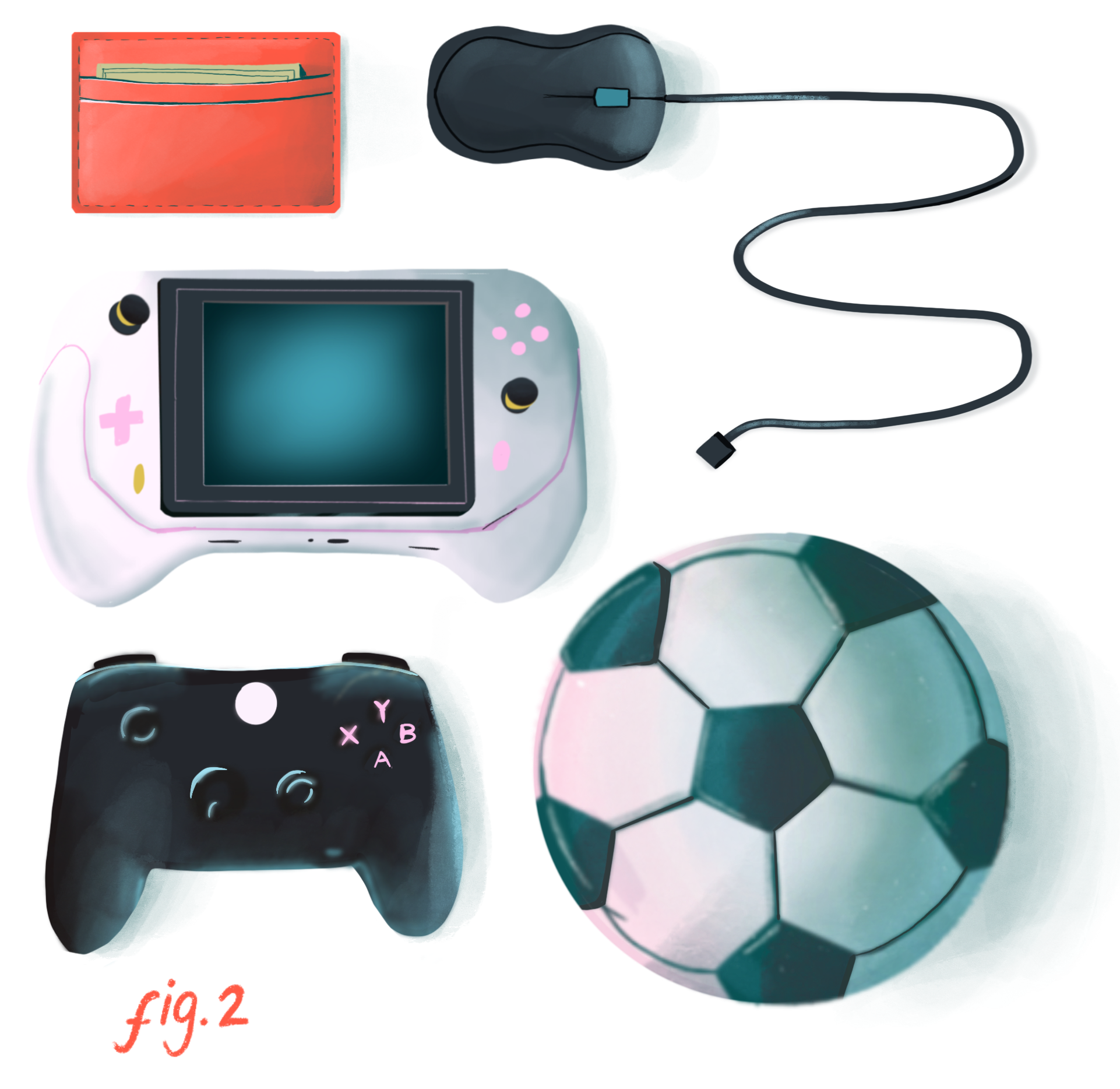

Fig. 2: A group more likely to play across all platforms, including portable devices, New Media Consumers are most influenced by ads to make purchases.


Fig. 3: The Devoted epitomizes the gaming lifestyle. These players are the most likely to find value and identity within gaming, feel connected to their characters, and consider gaming more than just a hobby.


As gaming connoisseurs who all play across multiple platforms (see Fig. 4), multiplatform players largely identify as gamers and are more likely to view gaming as their primary form of entertainment. They have long gaming tenures, having played actively for over at least 10 years. And they turn to gaming as a key form of their everyday entertainment, playing over 23 hours each week.
Overall, multiplatform players have a higher opinion of gaming as a pastime, extract more personal and social value from the activity, and are more apt to set aside time to play than others.
Findings show that those multiplatform players who largely identify as gamers are more receptive to advertising. Multiplatform players are more positive in their viewpoints on ads, particularly as it pertains to influencers within advertising. Important for marketers to know: All multiplatform segments understandably don’t like it when an ad interrupts their experience, but they do appreciate the rewards they reap from watching ads.


How they play and what they expect from the gaming experience are critical to understanding the different multiplatform segments:
The Up-and-Comer
Gaming has been a constant presence in the lives of Up-and-Comers. On average, they may be the youngest of the segments, but they’ve been playing games for an average of 16 years—that’s more than half their lifetime. They’ve essentially grown up playing games.
This group’s gaming experience is less socially driven and more individually focused than other segments. Up-and-Comers are less emotionally attached to gaming and are less likely to set aside a dedicated time to play, but they still log an average of 23 hours a week. When they play, this group leans toward console-centric gameplay (see Fig. 5), though mobile gaming also receives a fair amount of their platform share. Genres such as shooter and action/adventure are favorites of The Up-and-Comer, with sports and racing also garnering their interest.
Up-and-Comers consider gaming their primary source of entertainment, with more than one-third ranking it as their top interest over other activities such as sports, film and TV, and travel. For marketers looking to reach an audience truly tapped into gaming, Up-and-Comers are a good fit, especially due to their generally positive view toward advertising.
The New Media Consumer
For The New Media Consumer, the social aspects of gaming far outweigh the importance of the game itself. Just under half of this segment plays to relax, and they’re far less likely to play games alone. Top genres include shooter, sports and action/adventure.
Despite playing for fewer years than the other multiplatform groups, New Media Consumers clock in 29 hours of play a week, on par with The Devoted. They are also much more likely to play on portable devices than other multiplatform segments (see Fig. 5), allowing them moments to play throughout the day.
But they’re well worth marketers’ time and attention because New Media Consumers rank higher than other multiplatform players on all metrics relating to purchasing and consumer behavior. This group is the most friendly toward ads, least disrupted by ads and most influenced by advertising to make purchases.
The Devoted
The Devoted are the most avid game players as measured by hours clocked gaming each week, average number of years playing and range of games played. In comparison to other multiplatform players, their involvement in the gaming world is unrivaled. This segment fluidly navigates across various platforms (see Fig. 5), playing all genres, although their favorites are MMORPG (massive(ly) multiplayer online roleplaying game), action/adventure and shooter.
Gaming isn't just a hobby for The Devoted; it's a critical part of their identity and a major mood booster. These players cherish the social connections they find within the gaming experience.
Their motivations for playing also set them apart, with nearly half of this segment turning to games to immerse themselves in stories and to develop virtual worlds and characters. More than half of The Devoted choose games as an escape from daily life, taking their playtime to venture into unexplored territories—this is a group of adventurers.
What’s more, nearly half of The Devoted say they plan to play games more than they already do in the next year. This is good news for brands, as The Devoted have the highest positive ad sentiment of all player segments across multiplatform and mobile-centric players.


Fig. 1: This group grew up playing video games and for many, it is a primary form of entertainment. Up-and-Comers are more console-centric, prefer more solitary gameplay and, interestingly, have less emotional attachment to gaming.

Fig. 2: A group more likely to play across all platforms, including portable devices, New Media Consumers are most influenced by ads to make purchases.

Fig. 3: The Devoted epitomizes the gaming lifestyle. These players are the most likely to find value and identity within gaming, feel connected to their characters, and consider gaming more than just a hobby.

As gaming connoisseurs who all play across multiple platforms (see Fig. 4), multiplatform players largely identify as gamers and are more likely to view gaming as their primary form of entertainment. They have long gaming tenures, having played actively for over at least 10 years. And they turn to gaming as a key form of their everyday entertainment, playing over 23 hours each week.
Overall, multiplatform players have a higher opinion of gaming as a pastime, extract more personal and social value from the activity, and are more apt to set aside time to play than others.
Findings show that those multiplatform players who largely identify as gamers are more receptive to advertising. Multiplatform players are more positive in their viewpoints on ads, particularly as it pertains to influencers within advertising. Important for marketers to know: All multiplatform segments understandably don’t like it when an ad interrupts their experience, but they do appreciate the rewards they reap from watching ads.

How they play and what they expect from the gaming experience are critical to understanding the different multiplatform segments:
The Up-and-Comer
Gaming has been a constant presence in the lives of Up-and-Comers. On average, they may be the youngest of the segments, but they’ve been playing games for an average of 16 years—that’s more than half their lifetime. They’ve essentially grown up playing games.
This group’s gaming experience is less socially driven and more individually focused than other segments. Up-and-Comers are less emotionally attached to gaming and are less likely to set aside a dedicated time to play, but they still log an average of 23 hours a week. When they play, this group leans toward console-centric gameplay (see Fig. 5), though mobile gaming also receives a fair amount of their platform share. Genres such as shooter and action/adventure are favorites of The Up-and-Comer, with sports and racing also garnering their interest.
Up-and-Comers consider gaming their primary source of entertainment, with more than one-third ranking it as their top interest over other activities such as sports, film and TV, and travel. For marketers looking to reach an audience truly tapped into gaming, Up-and-Comers are a good fit, especially due to their generally positive view toward advertising.
The New Media Consumer
For The New Media Consumer, the social aspects of gaming far outweigh the importance of the game itself. Just under half of this segment plays to relax, and they’re far less likely to play games alone. Top genres include shooter, sports and action/adventure.
Despite playing for fewer years than the other multiplatform groups, New Media Consumers clock in 29 hours of play a week, on par with The Devoted. They are also much more likely to play on portable devices than other multiplatform segments (see Fig. 5), allowing them moments to play throughout the day.
But they’re well worth marketers’ time and attention because New Media Consumers rank higher than other multiplatform players on all metrics relating to purchasing and consumer behavior. This group is the most friendly toward ads, least disrupted by ads and most influenced by advertising to make purchases.
The Devoted
The Devoted are the most avid game players as measured by hours clocked gaming each week, average number of years playing and range of games played. In comparison to other multiplatform players, their involvement in the gaming world is unrivaled. This segment fluidly navigates across various platforms (see Fig. 5), playing all genres, although their favorites are MMORPG (massive(ly) multiplayer online roleplaying game), action/adventure and shooter.
Gaming isn't just a hobby for The Devoted; it's a critical part of their identity and a major mood booster. These players cherish the social connections they find within the gaming experience.
Their motivations for playing also set them apart, with nearly half of this segment turning to games to immerse themselves in stories and to develop virtual worlds and characters. More than half of The Devoted choose games as an escape from daily life, taking their playtime to venture into unexplored territories—this is a group of adventurers.
What’s more, nearly half of The Devoted say they plan to play games more than they already do in the next year. This is good news for brands, as The Devoted have the highest positive ad sentiment of all player segments across multiplatform and mobile-centric players.
As the name suggests, the distinguishing characteristic of mobile-centric players is that they prefer gaming through their mobile phones. And while they love playing games, these players largely don’t identify as gamers. Their three distinct segments are:


As the name suggests, the distinguishing characteristic of mobile-centric players is that they prefer gaming through their mobile phones. And while they love playing games, these players largely don’t identify as gamers. Their three distinct segments are:



Fig. 6: With an average 20-year tenure, Gaming Veterans have been playing on their mobile phones and computers for almost as long as games have existed.
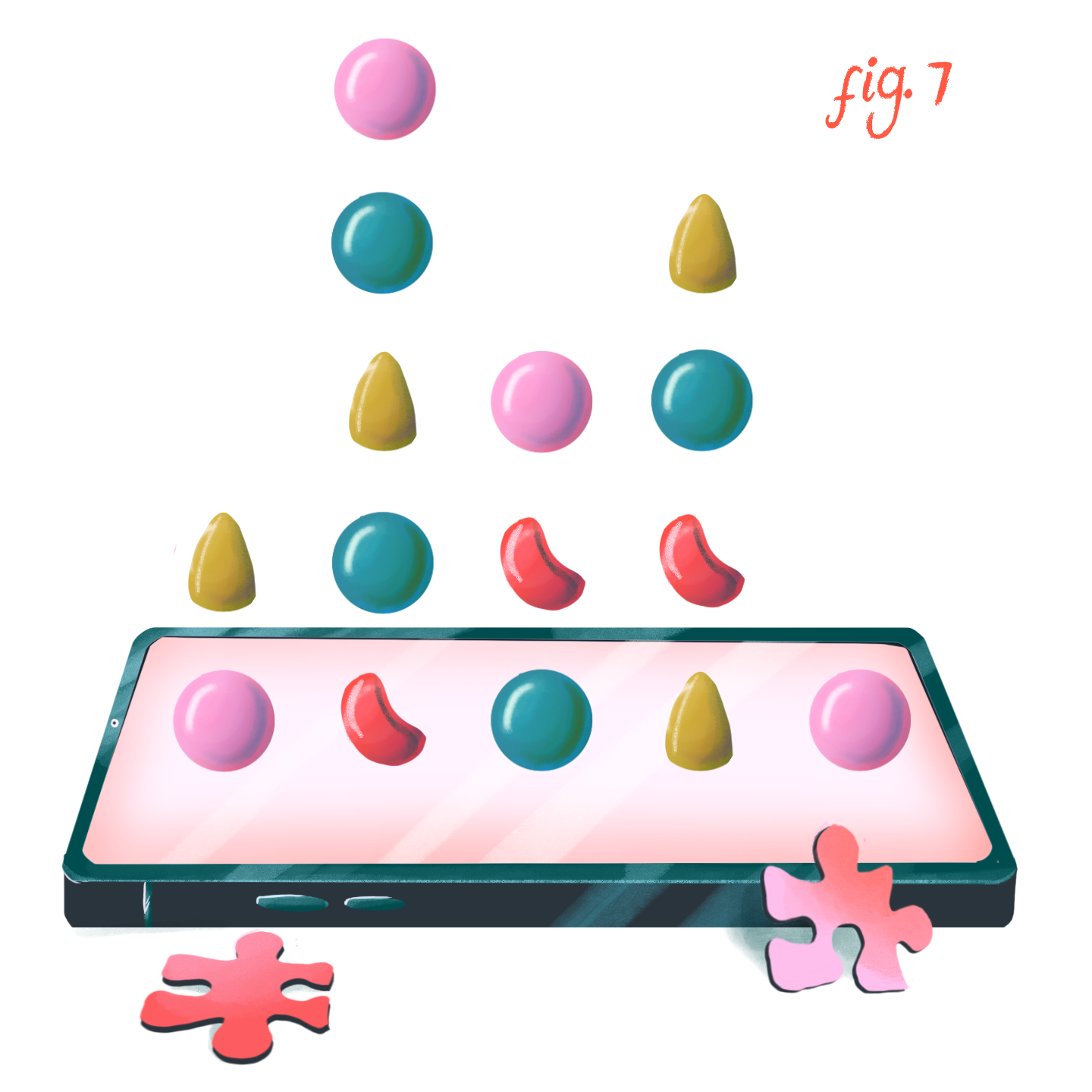

Fig. 7: Picking up gaming later in life, Late Adopters play mainly via their mobile phones; they feel the least connection to video gaming.
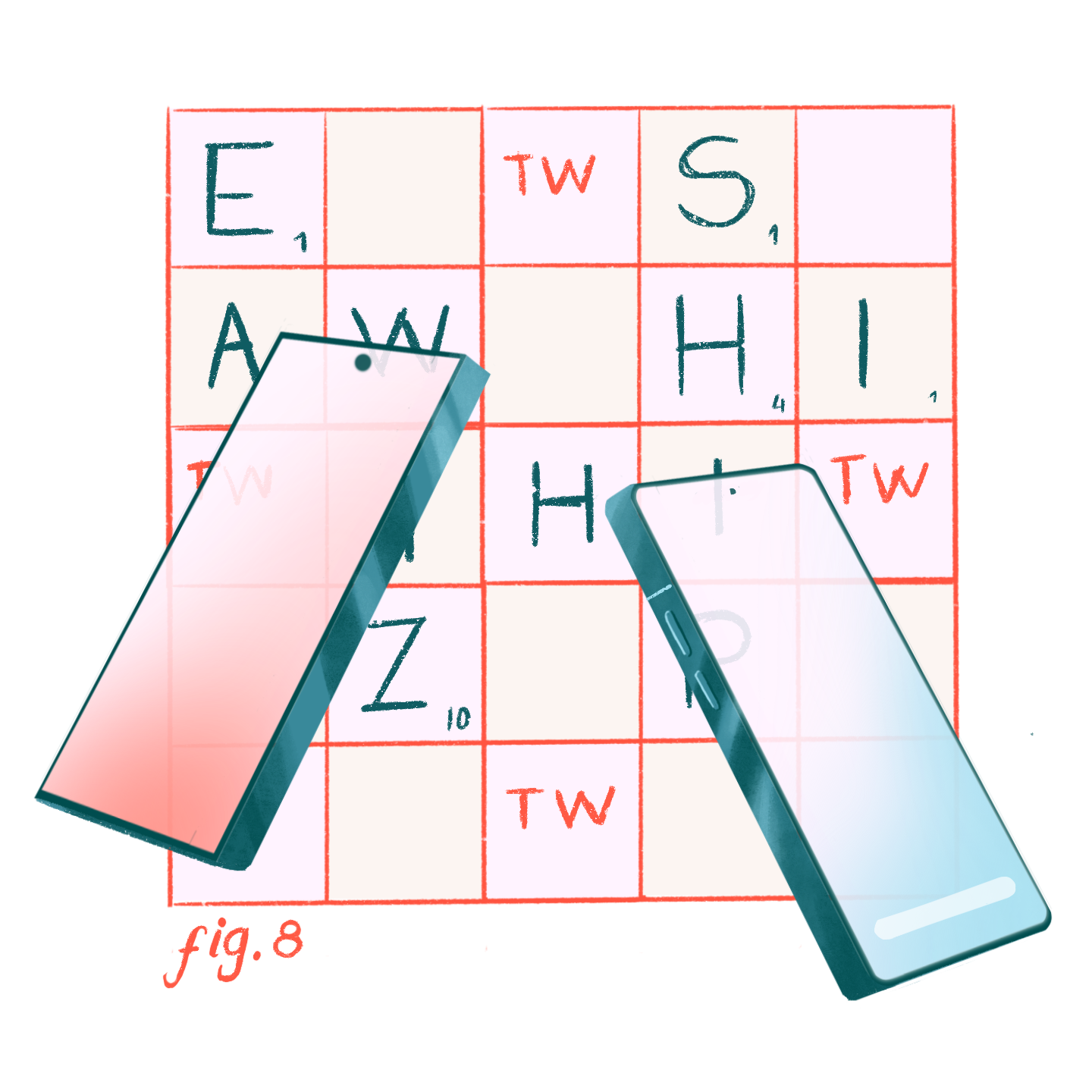

Fig 8: Casual Connectors see the value of games as a social channel, using them as a way to forge connections with others.


Mobile-centric players have a great deal in common. Their preferred way to access gaming is via their mobile phones, which accounts for the majority of gameplay across all segments, and they overwhelmingly prefer the puzzle genre when it comes to game selection (see Fig. 9). But overall, these players don’t identify as gamers, even though some have been playing for a large part of their lives.
For the most part, mobile-centric players came to gaming later in life. Games are a fun way to pass time, tease one’s brain and socialize. For this playing group, games are important sources of relaxation and enjoyment.


How they play and what they expect from the gaming experience are critical to understanding the different mobile-centric segments:
The Gaming Veteran
The Gaming Veteran largely prefers to play games alone. More than two-thirds of these players see gaming as a way to relax, with almost three-fourths viewing gaming as a key source of enjoyment. While puzzle is a top genre, they also gravitate toward shooter, sports, action/adventure and casino games (see Fig. 10).
With an average tenure of 20 years, The Gaming Veteran has dabbled in playing games across platforms other than mobile over the years, and still does; more than two-thirds of this segment plays at least one game a week on a PC or console. However, they find it’s much easier to keep up with gaming via mobile due to their busy schedules and the time they allot to gaming vs. other entertainment.
The Late Adopter
Late Adopters stand out for their exclusive preference for mobile gaming and are the least likely to engage with games on other platforms. This group favors casual titles (see Fig. 10), like match-3 games and word puzzles.
Like their name indicates, Late Adopters are the newest to gaming, with an average tenure of just 6.5 years. Despite being frequent players—with almost two-thirds playing mobile games daily, the highest among all groups—they view gaming as a relatively minor element of their overall media diet.
The Casual Connector
“Connector” is the operative term for these players. One in three Casual Connectors say they play games primarily for social interaction. While their primary platform is mobile, they also show the highest engagement with console, handheld console and esports among the mobile-centric group. And while they share puzzle as their top genre with the other mobile-centric segments (see Fig. 10), Casual Connectors almost equally enjoy racing, simulation, shooter and action/adventure games.
With an average gaming tenure of 12 years, this group values the potential of games to promote teamwork and social interaction more than other segments. They like games precisely for the opportunity to meet and interact with other players in positive ways.


Fig. 6: With an average 20-year tenure, Gaming Veterans have been playing on their mobile phones and computers for almost as long as games have existed.

Fig. 7: Picking up gaming later in life, Late Adopters play mainly via their mobile phones; they feel the least connection to video gaming.

Fig 8: Casual Connectors see the value of games as a social channel, using them as a way to forge connections with others.

Mobile-centric players have a great deal in common. Their preferred way to access gaming is via their mobile phones, which accounts for the majority of gameplay across all segments, and they overwhelmingly prefer the puzzle genre when it comes to game selection (see Fig. 9). But overall, these players don’t identify as gamers, even though some have been playing for a large part of their lives.
For the most part, mobile-centric players came to gaming later in life. Games are a fun way to pass time, tease one’s brain and socialize. For this playing group, games are important sources of relaxation and enjoyment.

How they play and what they expect from the gaming experience are critical to understanding the different mobile-centric segments:
The Gaming Veteran
The Gaming Veteran largely prefers to play games alone. More than two-thirds of these players see gaming as a way to relax, with almost three-fourths viewing gaming as a key source of enjoyment. While puzzle is a top genre, they also gravitate toward shooter, sports, action/adventure and casino games (see Fig. 10).
With an average tenure of 20 years, The Gaming Veteran has dabbled in playing games across platforms other than mobile over the years, and still does; more than two-thirds of this segment plays at least one game a week on a PC or console. However, they find it’s much easier to keep up with gaming via mobile due to their busy schedules and the time they allot to gaming vs. other entertainment.
The Late Adopter
Late Adopters stand out for their exclusive preference for mobile gaming and are the least likely to engage with games on other platforms. This group favors casual titles (see Fig. 10), like match-3 games and word puzzles.
Like their name indicates, Late Adopters are the newest to gaming, with an average tenure of just 6.5 years. Despite being frequent players—with almost two-thirds playing mobile games daily, the highest among all groups—they view gaming as a relatively minor element of their overall media diet.
The Casual Connector
“Connector” is the operative term for these players. One in three Casual Connectors say they play games primarily for social interaction. While their primary platform is mobile, they also show the highest engagement with console, handheld console and esports among the mobile-centric group. And while they share puzzle as their top genre with the other mobile-centric segments (see Fig. 10), Casual Connectors almost equally enjoy racing, simulation, shooter and action/adventure games.
With an average gaming tenure of 12 years, this group values the potential of games to promote teamwork and social interaction more than other segments. They like games precisely for the opportunity to meet and interact with other players in positive ways.
Understanding the different motivations and playing behaviors can allow brands to find the right device type, environment, placements and ad type to reach all of these gaming audience groups effectively. Here are some best practices to make that happen:


Understanding the different motivations and playing behaviors can allow brands to find the right device type, environment, placements and ad type to reach all of these gaming audience groups effectively. Here are some best practices to make that happen:

Realize that everyone plays mobile games
Across the board, all six segments play mobile games with the same basic intensity, and puzzle/casual games—popular to play on mobile—are the one genre that has consistently high engagement across all segments.
For marketers looking to tap into the gaming world, this is one of the few unifying traits across the playing groups that they need to understand and take action on. Otherwise, marketers are leaving opportunities untapped and valuable audiences unreached.

Cater to player identity and preferences
While demographic information about each playing group can help you further focus on the right audience, there is more to these groups than age, gender and device. Look at how each segment identifies with the gaming world, and what motivates them to play.
For example, multiplatform players like The New Media Consumer are explorers willing to try new games and be open to ads for new titles. Meanwhile, mobile-centric players who use their gaming breaks for relaxation, such as Late Adopters and Gaming Veterans, will want marketers to respect that by prioritizing non-disruptive ad experiences. Marketers can tap into specific segment attributes to reach the right audience and inform their ads' tone, placement and content.

Recognize each segment’s ad receptivity
Each gaming audience segment feels differently about in-game ads, and their receptivity can be tied to the degree to which the player identifies as a gamer. For instance, multiplatform players, in general, tend to identify as gamers at higher levels and are more receptive to ads than mobile-centric players.
Drilling down, of all the segments, The Devoted—who most closely identify as gamers—are most likely to appreciate ads from brands they like, ads that introduce them to new products and services, or ads that provide in-game rewards. In comparison, marketers looking to engage mobile-centric players will need to take a more thoughtful approach with their messaging, be mindful of keeping the game interruption to a minimum and deliver on the value exchange.

Consider the value exchange
Across all segments and touchpoints, there are players looking for a value exchange. If brands are asking them to pause their gameplay to consider their message, what value will those players derive as a result?
Social players like The New Media Consumer and The Casual Connector may appreciate rewards that help them play with friends. In contrast, competitive players like The Devoted and The Up-and-Comer may appreciate rewards that help them progress further in the game, such as double XP, specialty weapons or loot. Consider who you’re trying to reach and ensure your ad delivers the expected value.
About Activision Blizzard Media
Activision Blizzard Media is the gateway for brands to the leading interactive entertainment company with hundreds of millions of monthly active users around the world. Its legendary portfolio includes iconic mobile game franchises such as Candy Crush, esports like the Call of Duty League, the Overwatch League and some of the top PC and console gaming franchises such as Call of Duty, World of Warcraft and StarCraft. The idea is simple: Great game experiences offer great marketing experiences. activisionblizzardmedia.com
Illustrated by Katty Huertas


 Built with Shorthand
Built with Shorthand





